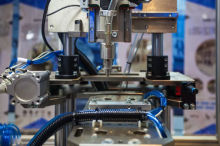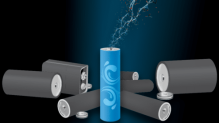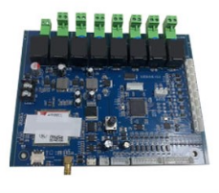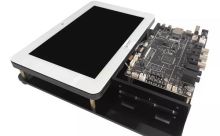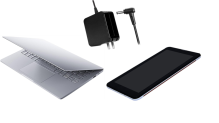Product overview:
PCIE high-speed acquisition card is a high-speed weak signal data acquisition card.
The PCIE high-speed acquisition card carries a 12bit high-speed A/D converter. When one analog channel is used, the maximum sampling rate is 200MS/s; When two analog channels are used, the maximum sampling rate is 100MS/s.
PCIE high-speed acquisition card has carefully designed a unique parallel synchronous signal acquisition and accumulation technology, so that the acquisition and accumulation can be completed synchronously. The internal FPGA can average the collected data curves for a specified number of times and output the results (the average times 0-32768 can be set).
PCIE high-speed acquisition card has two trigger modes: external trigger and channel A trigger. The customer can choose the mode of triggering the acquisition card or the mode of triggering the device by the acquisition card at will. After careful signal integrity processing, the overshoot of the trigger pulse given by the equipment is within 1%, and the superior signal quality ensures that the equipment will not be triggered by mistake. FPGA debugging port and some resources are reserved, allowing users to write algorithms and debug by themselves.
Product parameters
Number of analog channels: A and B (real-time sampling at the same time)
Bandwidth (- 3dB): 80MHz
Conversion precision: 12 bits
Input range: ± 1 V, ± 2.5 V, ± 5 V
Input coupling: AC/DC
Input interface mode: SMA (M)
Input impedance: 50 Ω, 1M Ω (settable)
Input overvoltage protection: ± 10 V (DC+AC peak value)
Sampling rate (real-time): when one analog channel is used, the maximum sampling rate is 200MS/s; When two analog channels are used, the maximum sampling rate is 100MS/s. At the same time, the sampling rate of each channel can be adjusted to 1kS/s, 2kS/s, 5kS/s, 1MS/s, 2MS/s, 5MS/s, 10MS/s, 20MS/s, 50MS/s, 100MS/s, 200MS/s (for single channel).
Buffer memory: DDR2, 1G
Data transmission interface: PCIE interface, transmission speed 533MB/s
Trigger: external trigger and channel A trigger
Trigger type: rising edge, falling edge
External trigger input: Connector type: SMA
Input impedance: 50 Ω
Continuous sampling time of each channel after triggering: ① 10 μ s -1000 μ S (set by software, step 1 μ s)。 ② Buffer memory capacity limit.
Overvoltage protection: ± 10 V (DC+AC peak value)
Pulse width: 10ns-200ns adjustable (10ns step)
Repetition frequency: 1KHz-20KHz (1 KHz step)
Pulse amplitude: 0-10V adjustable (0.5V step), accuracy 1%
Output: SMA (M), impedance 50 Ω, providing signal output and synchronous trigger output (TTL5V level is used for synchronous trigger without amplitude modulation)
System measurement accuracy: 0.2%; Non linear error: ± 3LSB (maximum);
Significant bit (ENOB): 9.1
Operating temperature range: 0 ° C to 40 ° C
Product pictures:
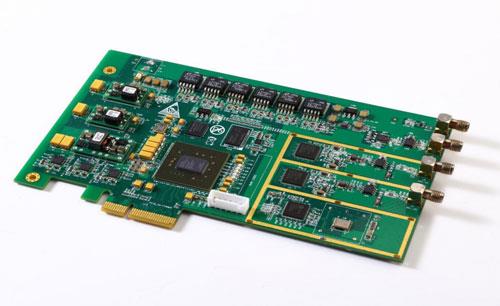
Performance parameters;
Industry classification: Industrial Electronics
Delivery form: PCBA
Performance parameters: Number of analog channels: A, B 2 channels (simultaneous real-time sampling) Bandwidth (- 3dB): 80MHz Conversion accuracy: 12 bits
Application scenario: data collection


